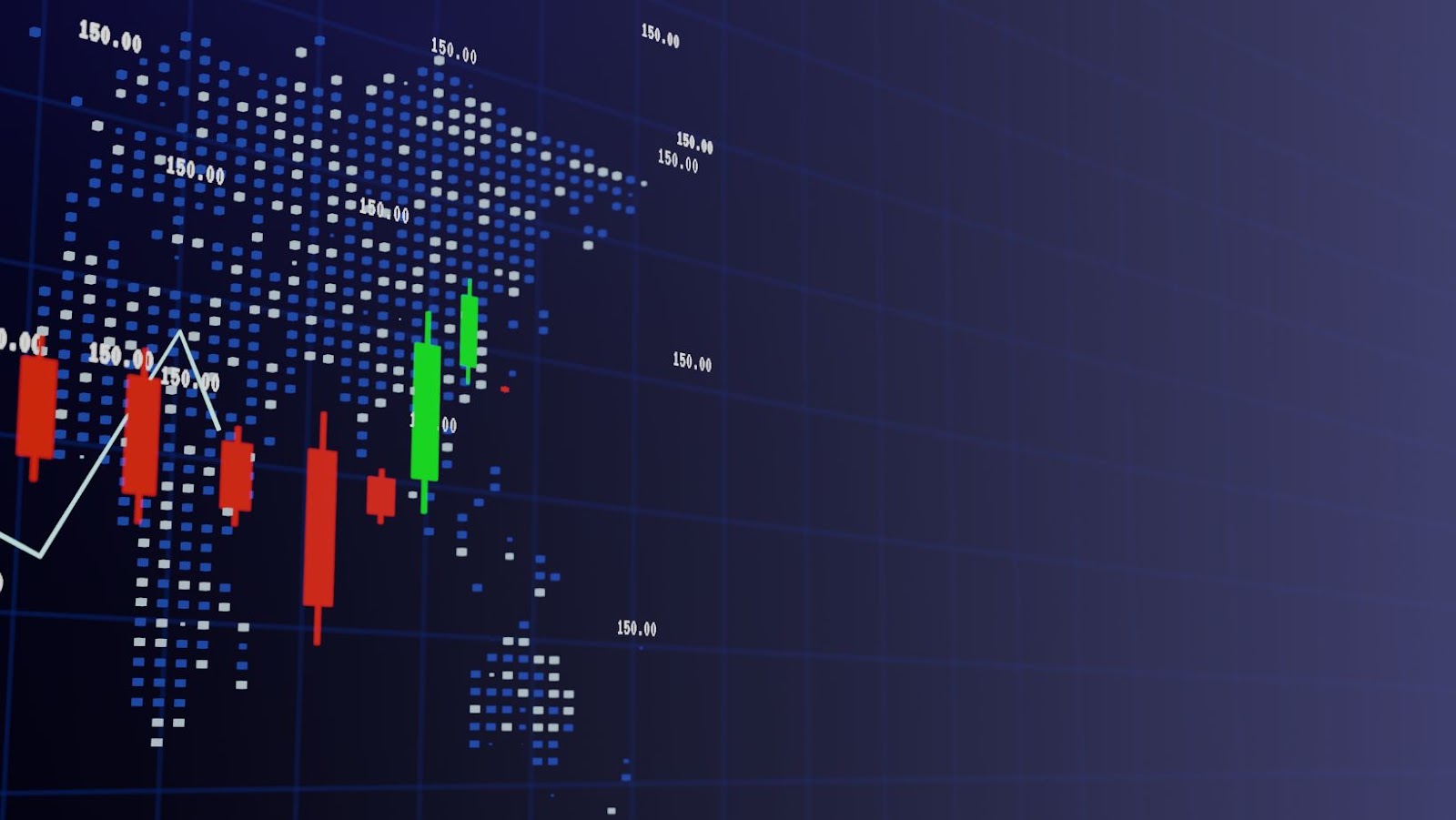Understanding After-Hours Trading: End Time Explained
When Does After Hours Trading End
Definition of After-Hours Trading
After-hours trading refers to stock trading that occurs outside the standard trading hours of the major stock exchanges, such as the New York Stock Exchange (NYSE) and the National Association of Securities Dealers Automated Quotations (NASDAQ). Standard trading hours typically run from 9:30 AM to 4:00 PM Eastern Time. In contrast, after-hours trading can begin as soon as the standard market closes and extends until 8:00 PM Eastern Time. This period allows investors to buy and sell securities when the traditional stock market is closed, offering the flexibility to act on news and events that occur outside of standard market hours.
Benefits of After-Hours Trading
Investors and traders participate in when does after hours trading end for various reasons. Here are some of the key benefits:
- Reaction to News: Significant corporate or economic announcements often occur after the regular market hours. After-hours trading provides a platform for investors to immediately react to such news, rather than waiting for the next trading day.
- Flexibility: For those who cannot trade during the standard hours due to work or other commitments, after-hours trading offers the opportunity to engage in the stock market at more convenient times.
- Price Discovery: Trading after hours can offer insights into the stock’s potential opening price on the next trading day, offering clues about market direction..
 Popular After-Hours Trading Hours
Popular After-Hours Trading Hours
Regular Market Hours vs After-Hours Trading Hours
The distinction between regular market hours and after-hours trading hours is crucial for investors aiming to navigate the stock market effectively. Regular market hours for exchanges such as the New York Stock Exchange (NYSE) and NASDAQ run from 9:30 AM to 4:00 PM Eastern Time. During these hours, the trading volume peaks as buyers and sellers participate actively, contributing to the liquidity and stability of the market.
After-hours trading, on the other hand, allows investors to execute trades beyond the closure of regular market hours. This period specifically caters to individuals looking to react promptly to earnings reports or other significant news announcements that occur outside standard trading times. After-hours trading sessions can vary based on the platform but generally extend from 4:00 PM to 8:00 PM Eastern Time.
Extended Hours Trading Schedule
The extended hours trading schedule provides a broader window for market participation, dividing into two main segments: pre-market and after-hours trading. Here’s a simplified breakdown:
- Pre-Market Trading: Takes place before the opening of regular market hours, typically starting at 4:00 AM and ending at 9:30 AM Eastern Time. This session offers a glimpse into the market sentiment and potential price movements based on overnight news.
- After-Hours Trading: Commences immediately after the close of the regular market hours. While the general consensus marks 8:00 PM Eastern Time as the endpoint for after-hours trading, certain platforms and brokerage firms offer extended windows, allowing trades to be executed until later hours.
The table below outlines the extended trading hours, offering clarity on when these trading windows open and close:
| Session | Trading Hours (Eastern Time) |
| Regular Market | 9:30 AM to 4:00 PM |
| Pre-Market | 4:00 AM to 9:30 AM |
| After-Hours | 4:00 PM to 8:00 PM* |
*End times can vary based on the trading platform.
It’s essential for traders to understand these schedules to strategize their investments and anticipate market movements effectively. Utilizing after-hours trading can provide distinct advantages, such as reacting to news after the standard market hours. However, it’s also important to be aware of the risks, including reduced liquidity and potential price volatility.
 Factors Affecting After-Hours Trading
Factors Affecting After-Hours Trading
Navigating the world of when does after hours trading end requires a keen understanding of its timing and the factors that can influence its dynamics. While the standard hours for major exchanges like NYSE and NASDAQ wrap up at 4:00 PM Eastern Time, the after-hours market offers a window until 8:00 PM for investors to continue trading. This period provides a unique opportunity for investors to respond to news and events that occur outside regular trading hours. However, it’s essential to approach after-hours trading with caution due to its lower liquidity and the potential for significant price fluctuations. By staying informed about the schedule and being mindful of the risks, investors can strategically utilize after-hours trading to their advantage.